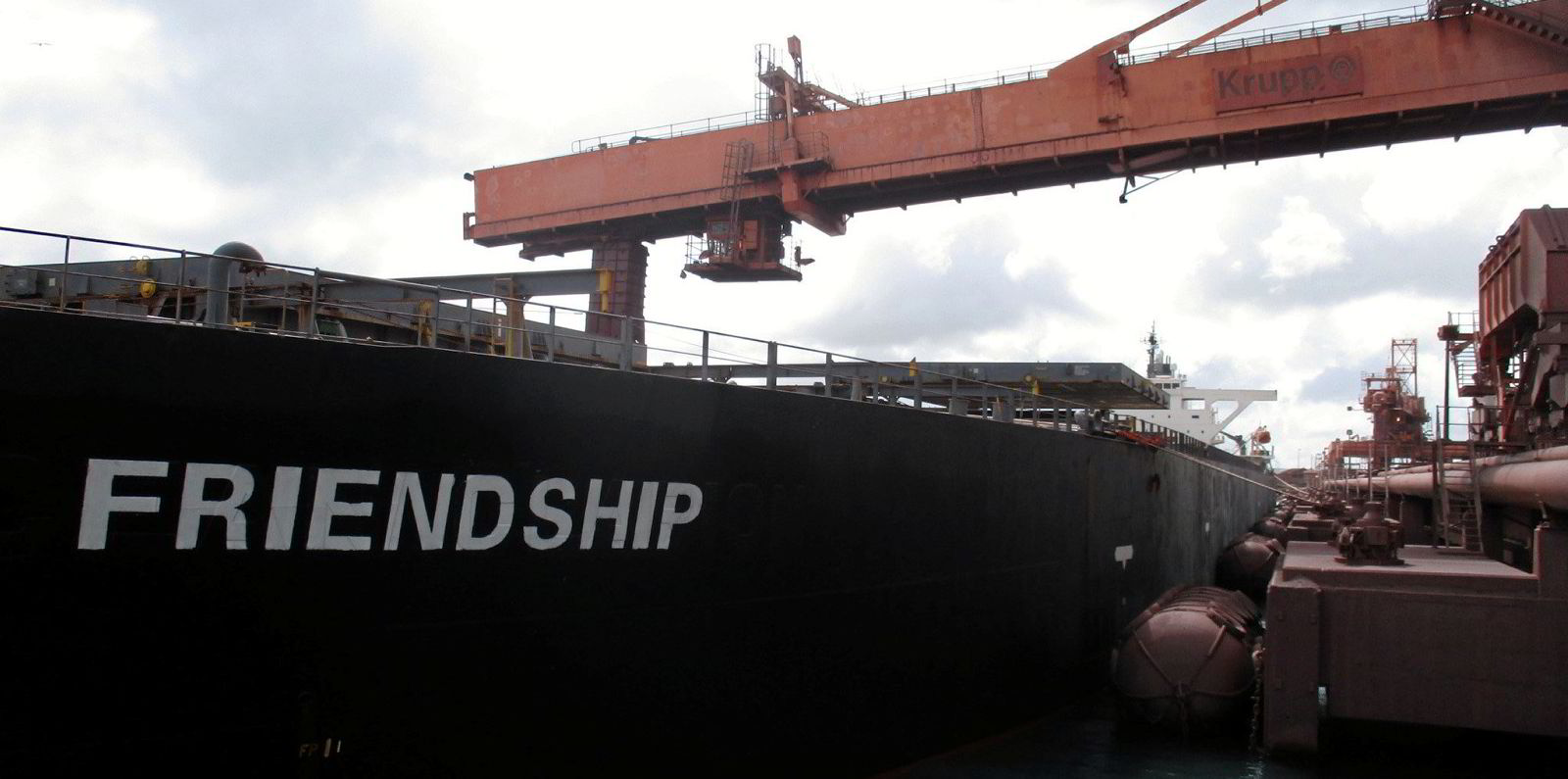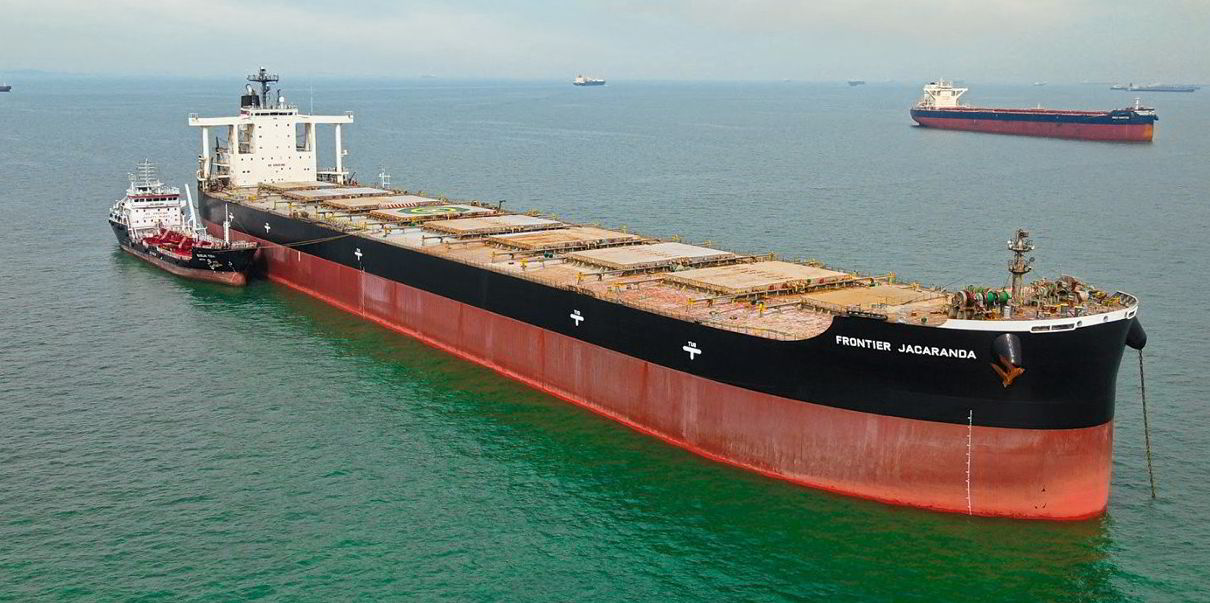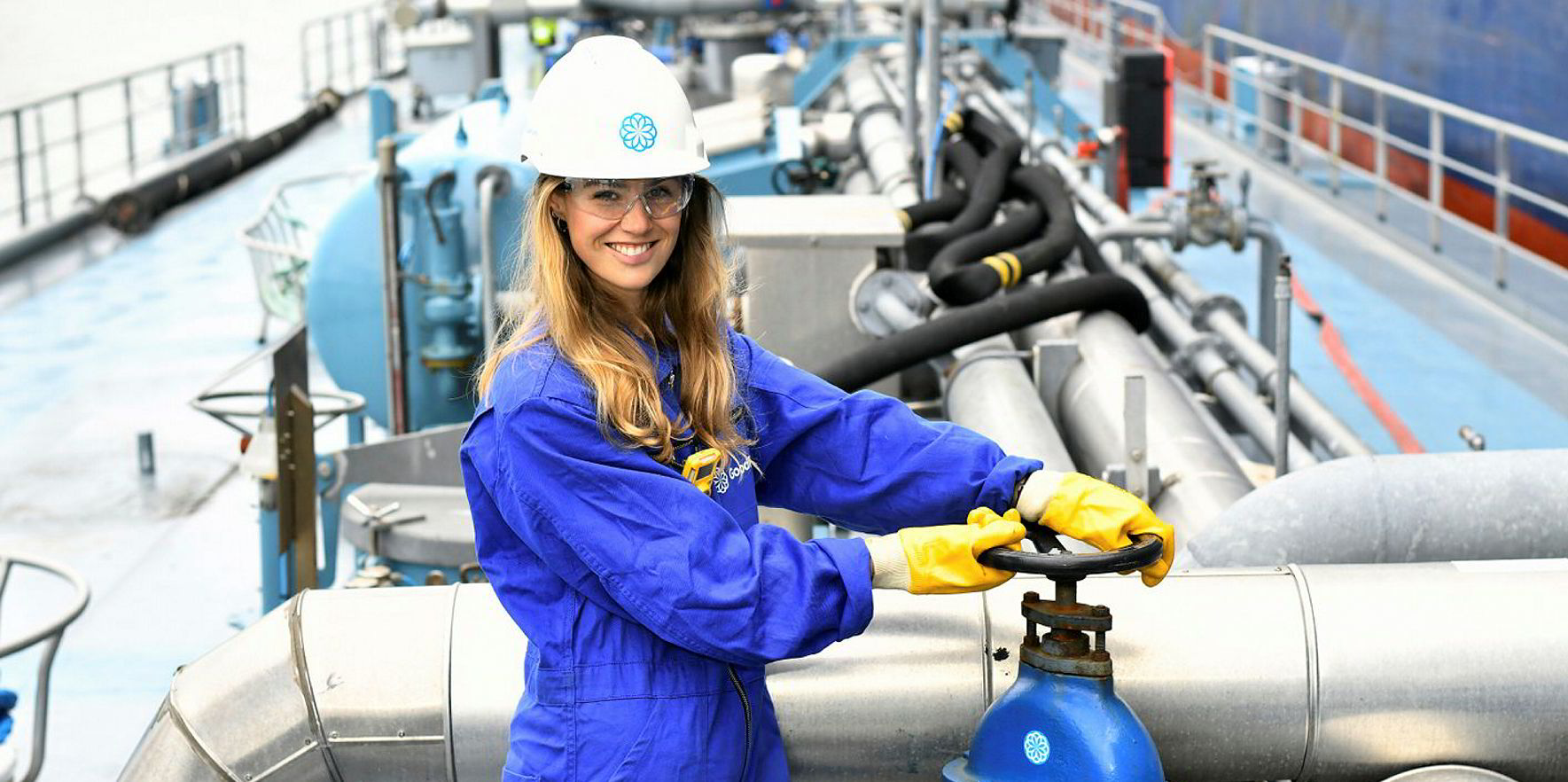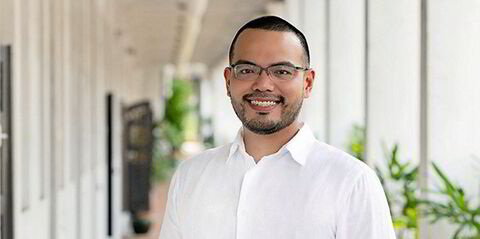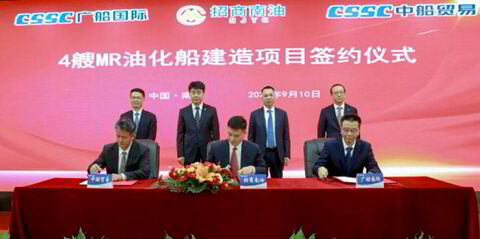Seanergy Maritime became on Wednesday one of the first public shipping outfits to announce the successful conclusion of a biofuel trial on a capesize.
The trial included two business partners that announced a similar trial last year — the ship’s charterer, NYK Line, and mining company Anglo American.
The three companies carried out the test run on the 177,900-dwt Friendship (built 2009), which burned biodiesel consisting of 10% biofuel and 90% regular marine fuel.
That is a slightly different proportion to the 7:93 ratio that Anglo American and NYK Line experimented with last June on the 183,000-dwt Frontier Jacaranda (built 2011).
They announced at the time that they had reduced CO2 emissions by 5% compared with conventional marine fuel, on a voyage between Singapore and Saldanha Bay in south-western South Africa.
The Friendship, which used biofuel on a two-way trip between the same two ports, achieved higher emission cuts of up to 10%, Seanergy announced on 16 March.
Its fuel was developed by TotalEnergies Marine Fuels, in its first such bunkering operation in Singapore.
An entire local biofuel supply chain was set up for the trial, TotalEnergies said, including land storage, blending and the eventual bunkering operation.
“This trial has allowed us to initiate the structuring of a supply chain with local expertise to create a sustainable, cost-efficient and low-carbon biofuel offer for the shipping sector in the region,” said Laura Ong, TotalEnergies’ general manager for trading & operations in Asia and the Pacific.
Go for the mature solution
The Friendship’s fuel consisted of 0.50% very low-sulphur fuel oil blended with fatty acid methyl esters (FAME).
The FAME biofuel component was produced from waste, in line with standards set by international sustainability certification system ISCC.
Waste-based biofuel is generally preferred as a source of biofuel, as there have been worries that biofuel produced from crops could lead to higher food prices.
Several other companies have already been experimenting with higher-grade biofuels on ships smaller than capesizes, as TradeWinds reported.
Blended fuels are one option in shipping companies’ quest to reduce carbon emissions and polish their green credentials, alongside LNG, LPG, ammonia and hydrogen.
Its successful trial has encouraged Seanergy, a company with 17 capesizes in the water, to pursue the biofuel option for the foreseeable future.
“Until new technologies become widely available in the next years, we should focus on implementing proven solutions on the existing global fleet with the support of all stakeholders of our industry,” chief executive Stamatis Tsantanis said.
“Seanergy is taking decisive steps towards this direction.”
According to a market source, the company carried out biofuel trials on two more of its ships and is evaluating results, which are said to be “promising”.
In another prong in its strategy to reduce carbon emissions, Seanergy is betting on energy saving devices (ESDs).
“We strongly believe that using biofuels, in combination with ESDs installed or to be installed on our vessels, will cater for a smooth transition to greener energy, whilst providing a competitive and compliance advantage for early movers,” said technical director Stelios Psillakis.
